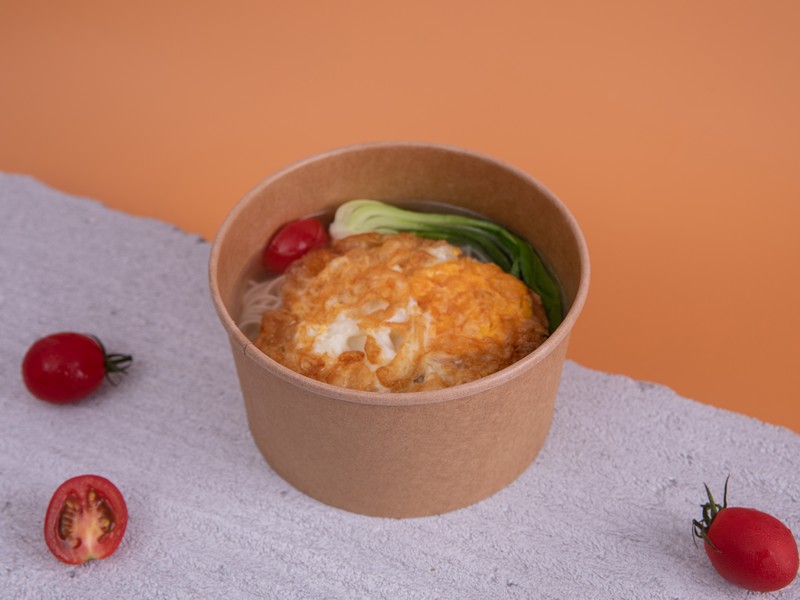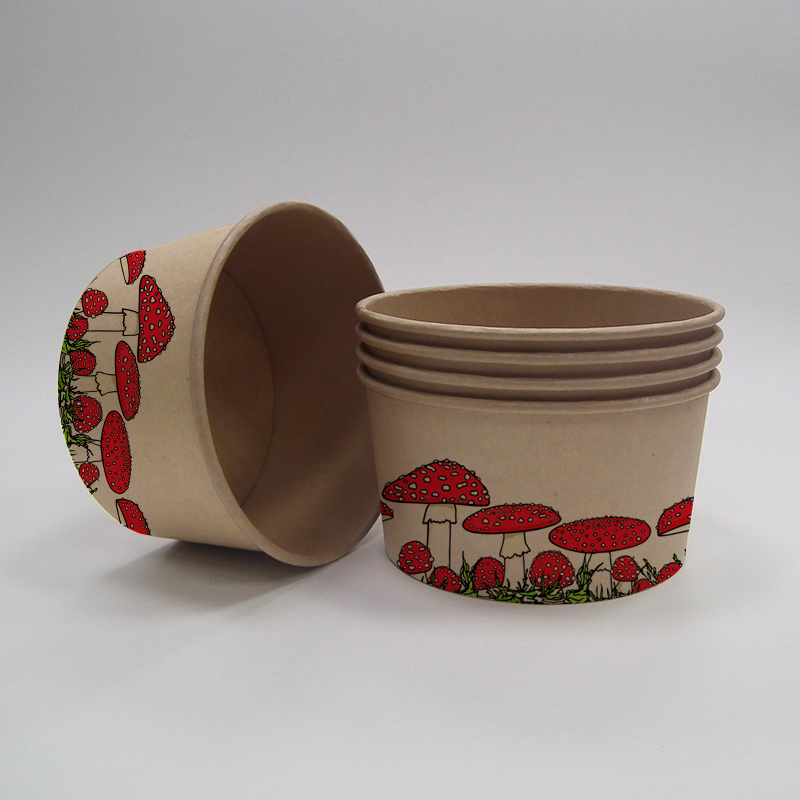
Disposable food containers or soup cup have become an integral part of our fast-paced life. They offer unmatched convenience, especially for events. This article will explore the manifold benefits of using disposable food containers for events.
The Convenience Factor
The following is the convenience factor for disposable food containers.
Easy Portability and Storage
Microwave and freezer safe
Easy Portability and Storage
One of the main reasons event organizers choose disposable food containers is their convenience. They are light, compact, and designed for easy transport, making them perfect for catering large events. Plus, leftovers can be stored directly in these containers, saving you time on cleanup.
Microwave and Freezer Safe
Most disposable food containersare microwave and freezer safe, meaning they can hold a variety of foods and accommodate different serving needs. Whether you need to keep food warm in a microwave or in a freezer, these containers have you covered.
Aluminumis a key component of a circular economy, as it can be recycled and reused multiple times, reducing the need for new aluminum production and helping to reduce emissions, conserve energy, and reduce waste.
By recycling styrofoam, we can help to reduce the need for new aluminum production, conserve energy, and reduce waste, as well as reduce emissions by avoiding the production of styrofoam, which is a non-biodegradable material that can take up to 500 years to decompose.
Economical and Business-Smart
It includes the following perks:
Cost-effective solution
Attracting and retaining customers
Maintaining Food Safety
Disposable food containers can enhance food safety at events. They are typically sealed with a lid, keeping food secure from contaminants and ensuring it stays fresh.
Reducing Cleaning Hassle
Disposable containers significantly reduce the amount of cleaning necessary after an event. Simply dispose of them after use, saving time and labor on dishwashing and sanitation.
Variety and Customization
There is a vast variety of disposable customized food containers.
Wide Selection of Sizes and Shapes
Disposable food containers come in a wide range of sizes and shapes, offering a flexible choice for different types of food. Whether you are serving a full meal or bite-sized snacks, there's a container that's the perfect fit.
Customization for Branding
Many suppliers offer customization options for disposable food containers. This allows businesses to add their logo or brand message, enhancing brand visibility at events.







